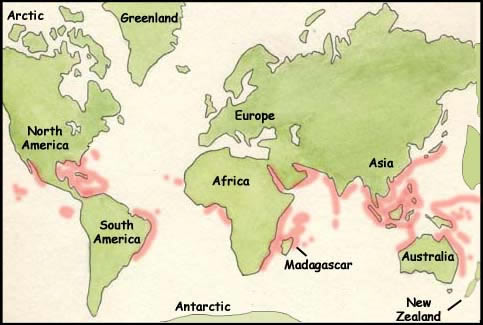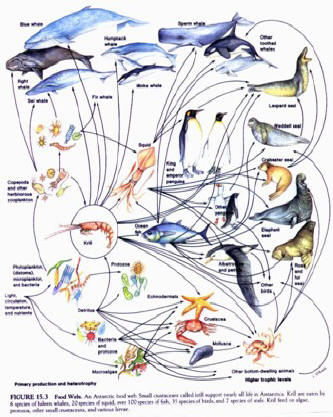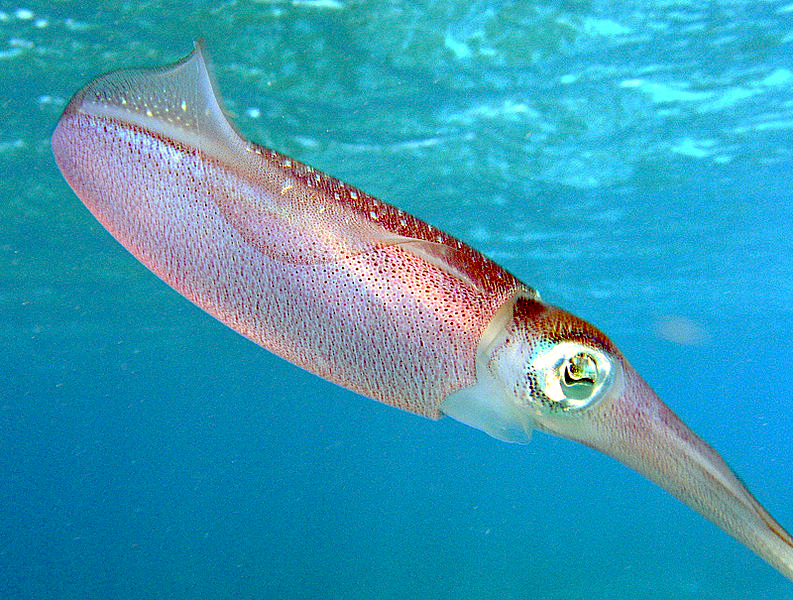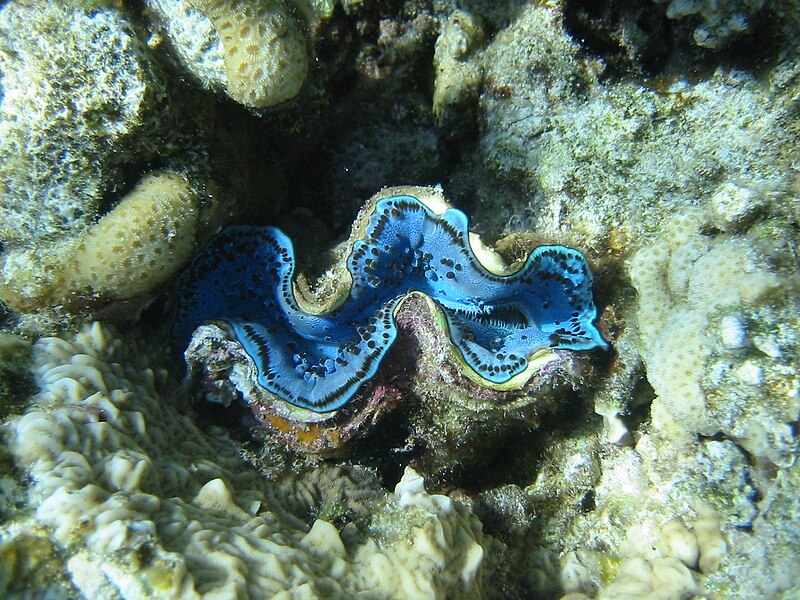Do you know what a carbon sink is?? Well, a carbon sink is anything that absorbs more carbon that it releases. Do you think it is unharmful or do you think it's harmful? Well, it is totally unharmful. Some examples carbon sinks are red wood trees, limestone, compost bin, and much more!! They are a helpful source to us, the planet, and the environment. They can reduce the amount of pollution, cleans the air, the soil, and helps us live in a world of cleaner air. If you want a brighter future, help the environment!!!
Friday, May 14, 2010
Carbon Sources
When thinking about Carbon Sources you hear two words, Carbon and Sources. If you think about it, you could easily figure out what it means. Carbon is a part of of everyday life, we exhale it out, trees and plants breath it in. It's a Cycle! Carbon is released by all living organisms. When fish pump in water they release carbon. Carbon is an invisible factor and is helpful for life. On to the second word, SOURCES. Piecing everything out helps us learn more about the environment. Carbon Sources are places that release carbon in to the environment. These slowly wear away the earth, polluting the air we breath. Cars, Coal Trains, Factories, and people breathing all are carbon sources. Although there are things that divert the sources, Carbon Sinks.
Thursday, May 6, 2010
Places Coral Reefs Grow in!!!
Though there are many islands and shores that have coral reefs, many of those are being effected by the global warming. The largest coral reef is the Great Barrier Reef in Australia, the second largest coral reef can be found off the coast of Belize, and in central America. The rest of them are usually in Hawaii, the Red Sea, and the rest of the tropical areas. Most of these areas are endangered from the tourists mining into the islands or shore, or picking coral reefs. Well, it all depends on you wheter you want to see coral reefs in the future.Of course, the members of Save Planet Earth will be helping, but you can help us too!! Just buy some coral reefs! For more information, look right under this post!!! The coral reefs need as many help they can get!!!!

Wednesday, April 28, 2010
Saving Coral Reefs!!!
With coral reefs in danger, it's a good thing to look out, and be aware of things that may harm coral reefs. Adopting a coral reef can save thousands of animals per year. THere is one good site where you can buy a acre of coral reefs. The site is www.savenature.org/content/adopt_reef
For every acre you buy, you will be able to save a billion planktons, 200,000 feather duster worms, 20, 000 shrimps, 800 damselfishes, 500 sponges, 50 seastars, 30 parrotfishes, 10 lobsters, 1 barracuda, 1 blacktip shark, 1 tiger shark, and a green turtle. All of these animals are in great danger and they need your help! For only $50 per acre, you can be saving billions of animals. Now is the time to help coral reefs!!!
For every acre you buy, you will be able to save a billion planktons, 200,000 feather duster worms, 20, 000 shrimps, 800 damselfishes, 500 sponges, 50 seastars, 30 parrotfishes, 10 lobsters, 1 barracuda, 1 blacktip shark, 1 tiger shark, and a green turtle. All of these animals are in great danger and they need your help! For only $50 per acre, you can be saving billions of animals. Now is the time to help coral reefs!!!
Coal Reef Food Chain!!!!!!
Every place has some animals, such as food chains, food webs. Well, in fact, the coral reefs found around the world have multiple food chains and webs. These food chains and webs right now are being corrupted by the danger and hazards that have come upon them. These hazards have a negative effect on the environment and daily life of coral reefs. These food chains include the plankton chain. This Food chain starts with phytoplankton, gets eaten by a plankton, which gets eaten by the zooplankton. Finally the zooplankton is eaten by a sponge. This is only one example of a coral reef food chain! Another example of a food chain that takes place in a coral reef is started by a fish, eaten by a butterfly fish, and then killed by the squid. These are only a few food chains that occur in a daily life in a coral reef!


Tuesday, April 27, 2010
Coral Reefs are Dying Around the World!!!!~
From human activity and pollution, millions of Coral Reefs are dying around the world. In particular, coral mining, overfishing, and the access into islands and bays are serious threats to these ecosystems. Not only does human activity threaten coral reefs, but so does the nature. Windstorms, sandstorms, diseases, algal bloom, and much more kill millions of coral reefs.
Coral Reef Animals!
What are Coral Reefs?
Coral Reefs are large reefs that are formed along tropical islands and areas. These underwater structures are made from calcium carbonate. These coral areas provide habitats for small organisms such as fish, small crabs, and starfish. Coral reefs grow fast in warm, shallow, clear, sunny, and agitated waters. These Reefs have nicknames called "Rain forests of the Sea." These very diverse areas thrive with multiple color plants and animals. Multiple types of Coral Reefs may be found, like the fringing reefs, barrier reef, atoll reef, patch reef, and many many many more...
Monday, April 26, 2010
EMERGENCY! CORAL REEFS ARE IN DANGER!
When you think about coral reefs you think about thousands of colorful fish... Right? Well those colorful fish and plants are now in danger! Thousands of reefs all over the world are now starting to wear away and become less effective! What should we do now? What would we do if we had no more coral reefs? Think about it? No more fun vacations to the tropical islands. No more snorkeling. And Lastly NO MORE BEAUTY UNDER THE SEA! So? What to do now? And how are they wearing away? This is SAVE PLANET EARTH 101 to the rescue!
Subscribe to:
Comments (Atom)
 Green Turtle!
Green Turtle!

